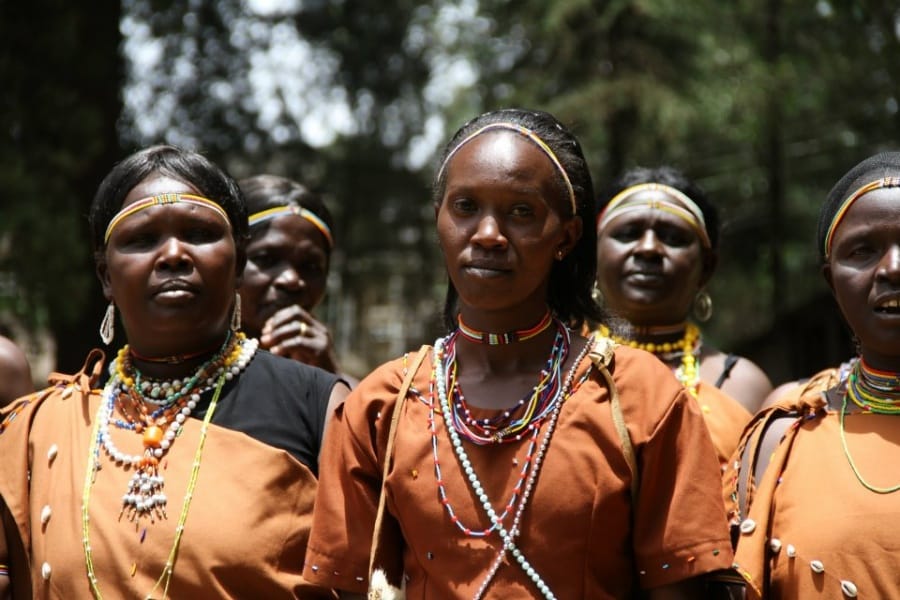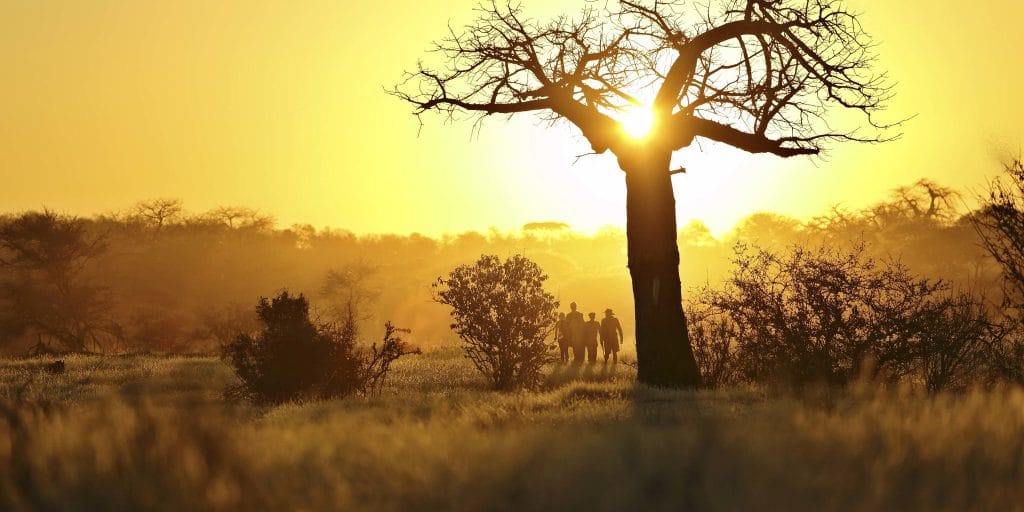CULTURE OF KENYA
Kenya’s culture is a vibrant tapestry woven from multiple traditions and ethnic groups. Rather than having a single dominant culture, Kenya’s rich cultural heritage is shaped by the diverse practices of its various communities. Kenya is a country with a rich and diverse culture, influenced by its various ethnic groups, languages, religions, and traditions. This cultural tapestry has been shaped by centuries of history, including the interactions with Arab traders, European colonization, and the struggles for independence. Today, Kenya’s culture is a blend of traditional practices and modern influences, making it a fascinating subject of study. Ethnic Diversity and Language: Kenya is home to over 40 different ethnic groups, each with its own unique culture and traditions. The largest ethnic group is the Kikuyu, followed by the Luhya, Luo, Kalenjin, Kamba, and others. Each of these groups has its own language, although Swahili and English are the official languages spoken by most Kenyans. Swahili Culture: Swahili culture has a significant influence on Kenya, particularly along the coast. The Swahili people are known for their vibrant music and dance, as well as their intricate artwork and architecture. Swahili cuisine, which includes dishes like pilau (spiced rice), biryani, and samosas, is also popular throughout the country. Religion: Kenya is religiously diverse, with Christianity, Islam, and indigenous beliefs being the main religions practiced. Christianity is the largest religion, with a significant number of Kenyans belonging to various Christian denominations. Islam is also widespread, particularly along the coast and in the northeastern region of the country. Traditional Beliefs and Practices: Many Kenyan ethnic groups have traditional beliefs and practices that are still observed today. These include rites of passage such as circumcision, marriage ceremonies, and rituals to honor ancestors. Traditional healers are also an important part of many communities, providing herbal remedies and spiritual guidance. Art and Music: Kenya’s art and music reflect the country’s diverse cultural heritage, blending traditional African elements with modern influences. In art, you’ll find a mix of traditional crafts like beadwork, pottery, and wood carving alongside contemporary paintings, sculptures, and installations. Artists often draw inspiration from nature, folklore, and social issues. Kenyan music is incredibly diverse, with each ethnic group having its own musical traditions. Traditional music often includes drums, stringed instruments like the nyatiti, and vocal styles that vary across regions. Popular music genres include Benga and Ohangla, each with its unique sound and cultural roots. Modern Kenyan musicians blend these traditional styles with contemporary influences like hip-hop, reggae, and pop, creating a vibrant and eclectic music scene. Sports: Sports play a significant role in Kenyan culture, with athletics being particularly popular. Marathon running is a highly popular and successful sport in Kenya, with Kenyan athletes often dominating international competitions. The success of Kenyan marathon runners is attributed to a combination of factors, including high altitude training, natural talent, discipline, and a culture that values and supports long-distance running. Kenyan athletes are known for their endurance, speed, and mental toughness, which are essential qualities for success in marathon running. Many Kenyan athletes come from rural areas where running is a way of life, often running long distances to school or as part of daily chores. Kenya has produced some of the world’s greatest marathon runners, including Eliud Kipchoge, who holds the world record for the fastest marathon time, and Catherine Ndereba, a multiple-time winner of the Boston and Chicago marathons. The popularity of marathon running in Kenya has also led to the development of numerous training camps and programs that help identify and nurture young talent. These programs provide athletes with access to world-class coaching, facilities, and competition, helping to further enhance Kenya’s reputation as a powerhouse in marathon running. Football (soccer) is also widely followed and played throughout the country. Cuisine: Kenyan cuisine is diverse, reflecting the country’s multicultural heritage. Staple foods include ugali (a maize porridge), nyama choma (grilled meat), and sukuma wiki (collard greens). Tea is a popular beverage in Kenya, with many tea plantations located in the country. Fashion: Traditional clothing in Kenya varies by ethnic group, with each group having its own unique style. However, Western-style clothing is also common, particularly in urban areas. Many Kenyan designers are gaining international recognition for their innovative designs that blend traditional and modern styles. Literature and Film: Kenya has a rich literary tradition, with writers like Ngũgĩ wa Thiong’o, Grace Ogot, and Meja Mwangi gaining international acclaim. The country also has a growing film industry, with filmmakers like Wanuri Kahiu gaining recognition for their work. In conclusion, Kenya’s culture is a vibrant tapestry of traditions, beliefs, and practices that have been shaped by centuries of history. From its diverse ethnic groups to its rich artistic heritage, Kenya’s culture is a testament to the resilience and creativity of its people.


